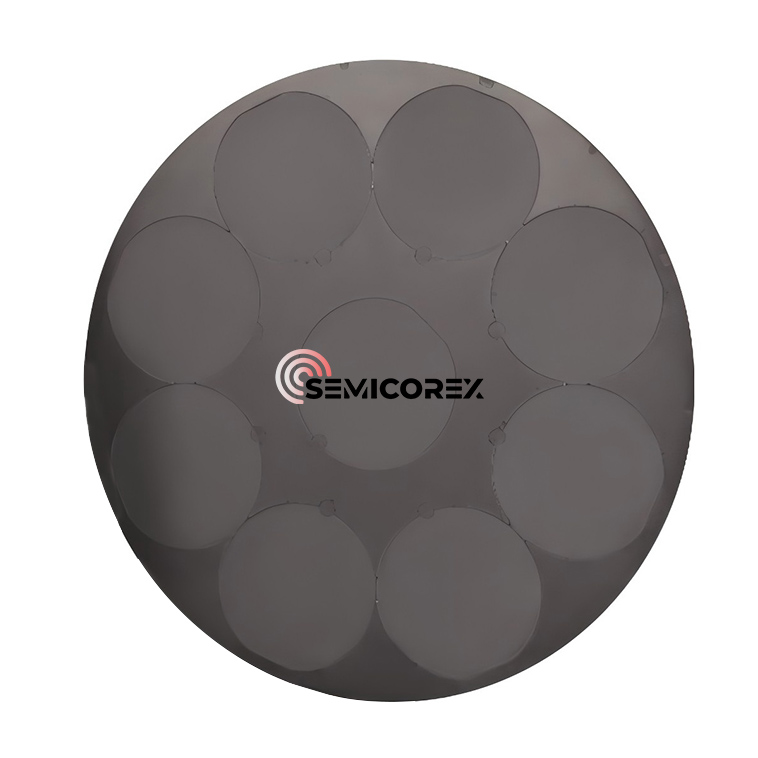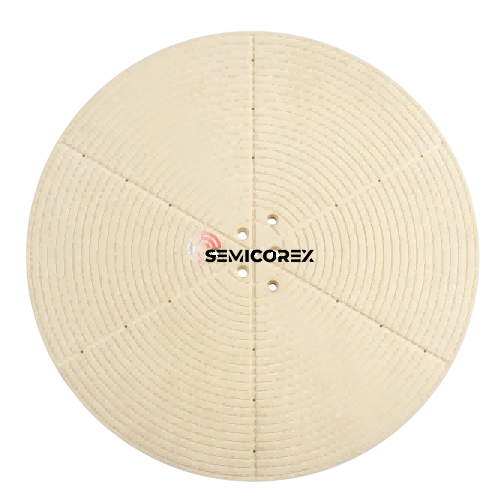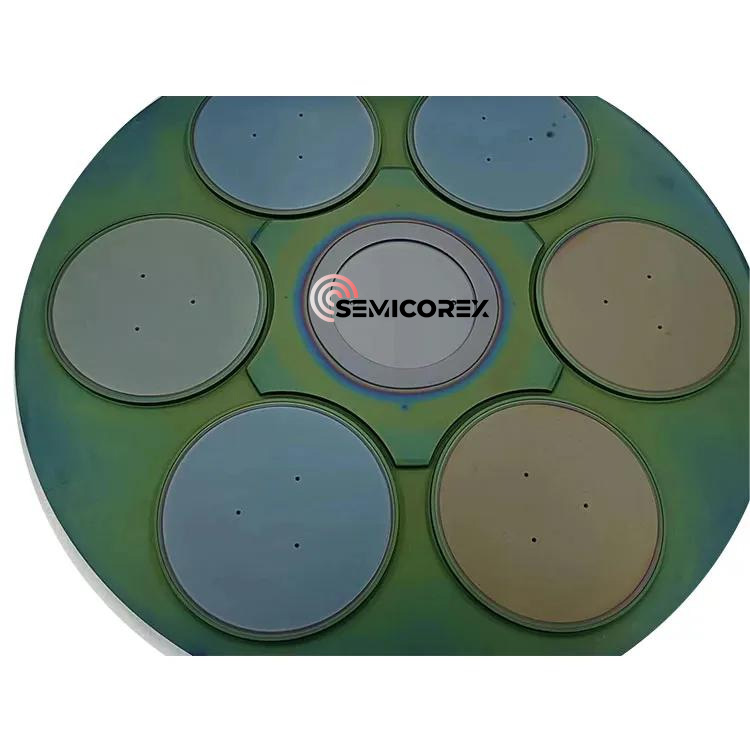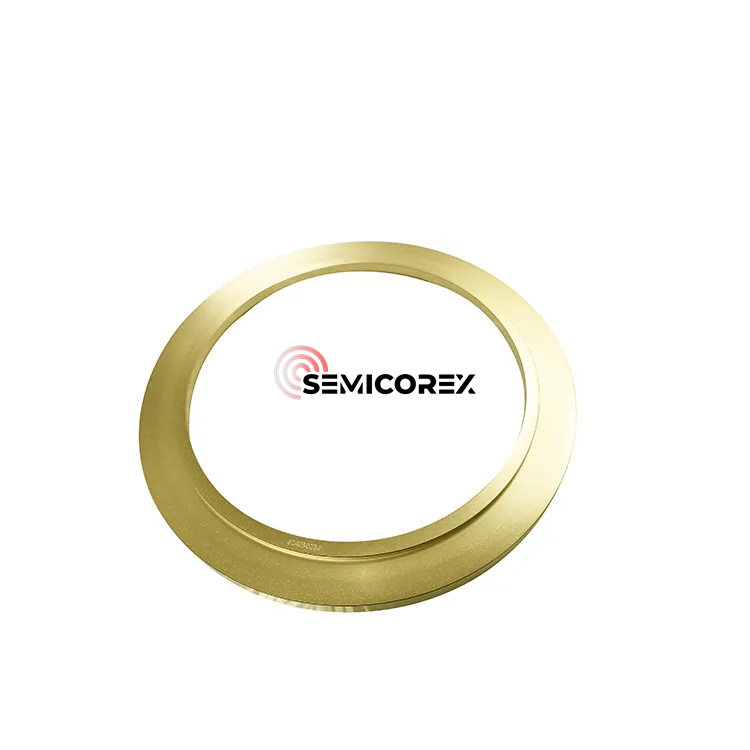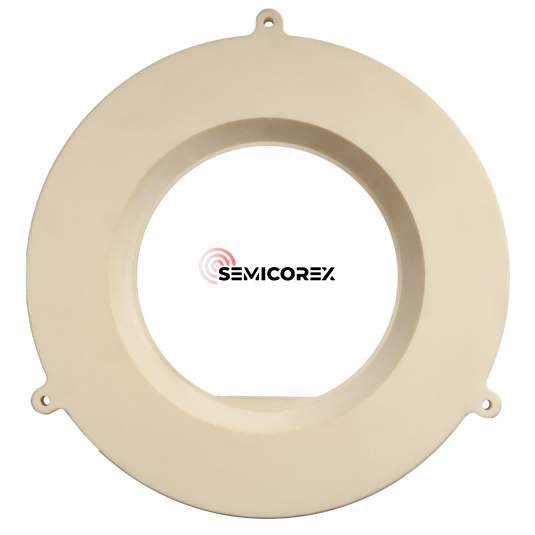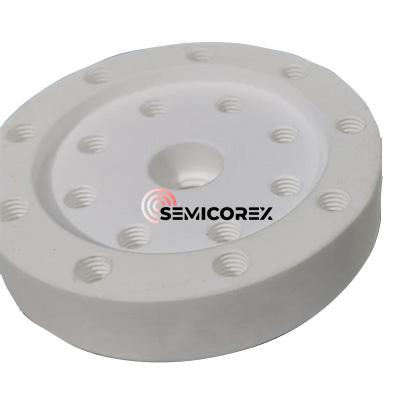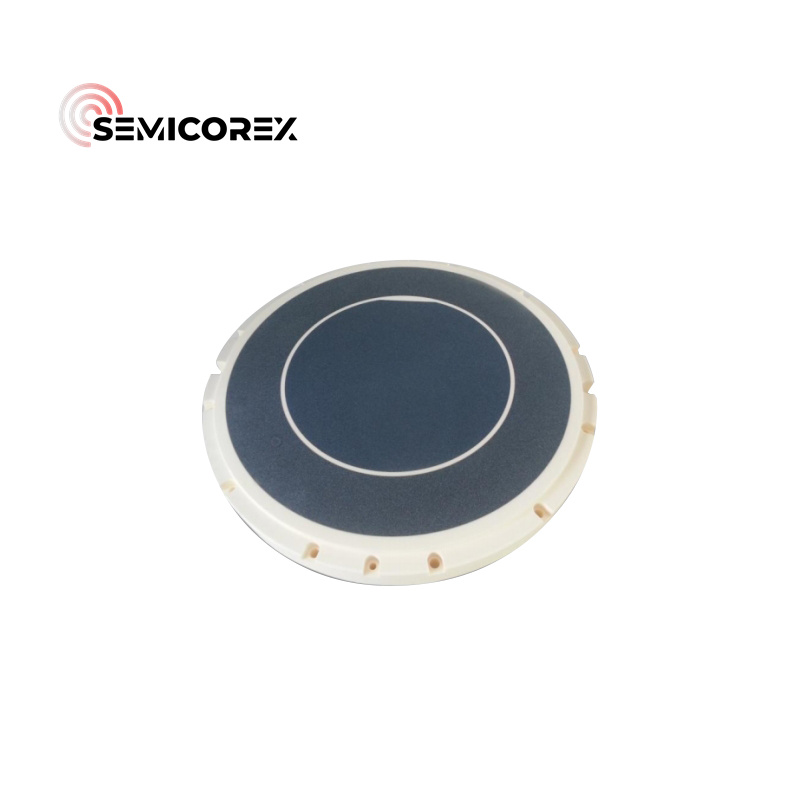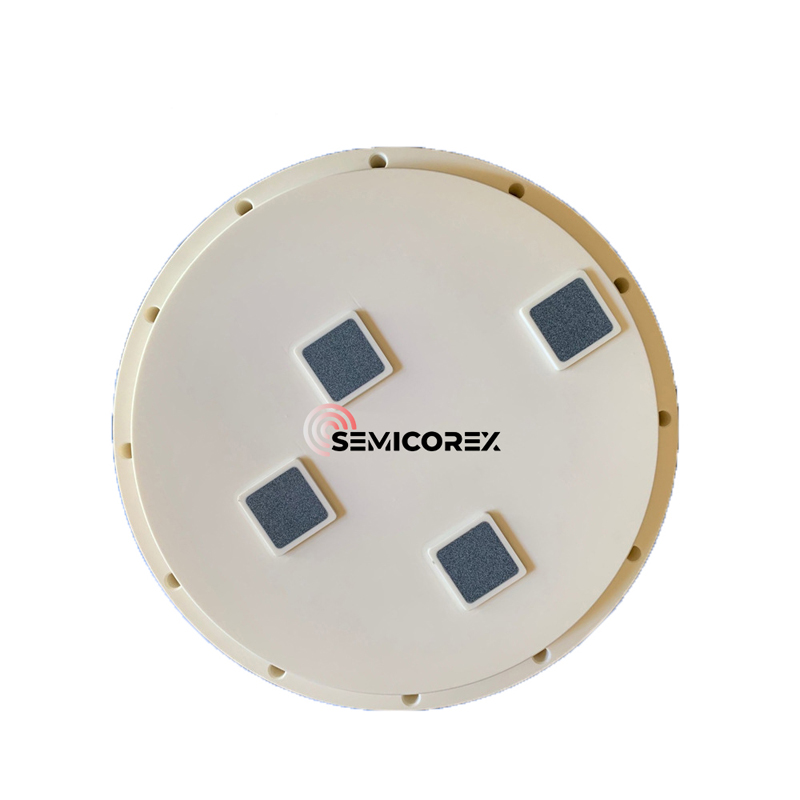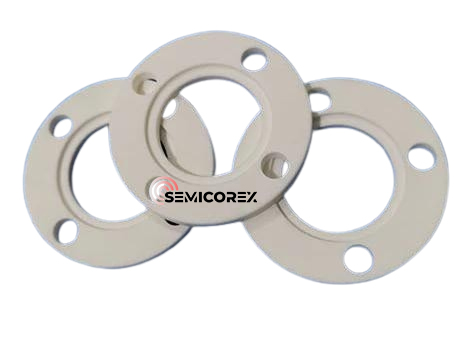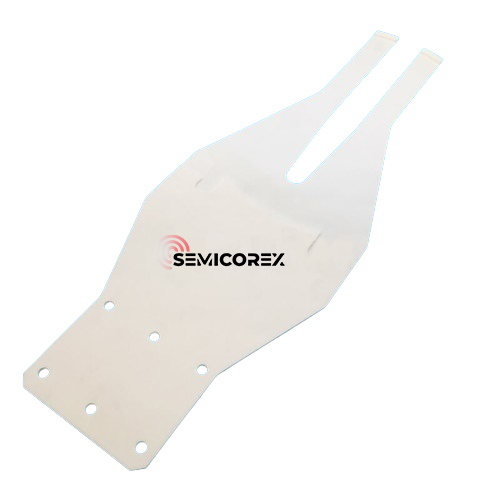
- English
- Español
- Português
- русский
- Français
- 日本語
- Deutsch
- tiếng Việt
- Italiano
- Nederlands
- ภาษาไทย
- Polski
- 한국어
- Svenska
- magyar
- Malay
- বাংলা ভাষার
- Dansk
- Suomi
- हिन्दी
- Pilipino
- Türkçe
- Gaeilge
- العربية
- Indonesia
- Norsk
- تمل
- český
- ελληνικά
- український
- Javanese
- فارسی
- தமிழ்
- తెలుగు
- नेपाली
- Burmese
- български
- ລາວ
- Latine
- Қазақша
- Euskal
- Azərbaycan
- Slovenský jazyk
- Македонски
- Lietuvos
- Eesti Keel
- Română
- Slovenski
- मराठी
- Srpski језик
Electrostatic Chuck
Semicorex Electrostatic Chuck (ESC) is an advanced component used in semiconductor manufacturing, designed to securely hold semiconductor wafers during various processing stages. With our commitment to delivering top-quality products at competitive prices, we are poised to be your long-term partner in China.*
Send Inquiry
Utilizing high-purity alumina ceramic, Semicorex Electrostatic Chuck delivers top-notch performance in settings that prioritize precision, stability, and cleanliness. Alumina, also known as aluminum oxide (Al2O3), is a ceramic material renowned for its exceptional electrical insulation properties, high thermal conductivity, and outstanding mechanical strength. These properties make it an ideal material for constructing electrostatic chuck, designed to withstand the demanding conditions of semiconductor processing. The alumina ceramic ESC is engineered to endure high temperatures, corrosive environments, and mechanical stress during wafer handling and processing, playing a critical role in ensuring the yield and quality of semiconductor devices.
The basic principle behind the Electrostatic Chuck is electrostatic force, used to securely hold the wafer in place. This force is generated by applying a voltage to the electrodes embedded within the ceramic material. The interaction between the electrostatic field and the induced charges on the wafer surface creates a strong clamping force that holds the wafer against the chuck's surface. The design of the alumina ceramic ESC ensures that this clamping force is evenly distributed across the wafer, minimizing the risk of slippage or damage during processing.
One of the key advantages of using alumina ceramic in Electrostatic Chuck construction is its exceptional electrical insulating properties. Alumina’s high dielectric strength allows for the application of high voltages without the risk of electrical breakdown, crucial for maintaining the integrity of the electrostatic field. This is particularly important in processes such as plasma etching or chemical vapor deposition, where the wafer is exposed to highly reactive environments and any variation in clamping force could result in defects or damage to the wafer.
In addition to its electrical properties, alumina ceramic exhibits excellent thermal conductivity, essential for managing the heat generated during semiconductor processing. The Electrostatic Chuck's ability to efficiently dissipate heat helps maintain a stable temperature across the wafer, reducing thermal gradients that could lead to warping or other forms of thermal stress. This thermal stability is critical in ensuring the precision and repeatability of processes such as photolithography, where even slight temperature deviations can affect the outcome.


